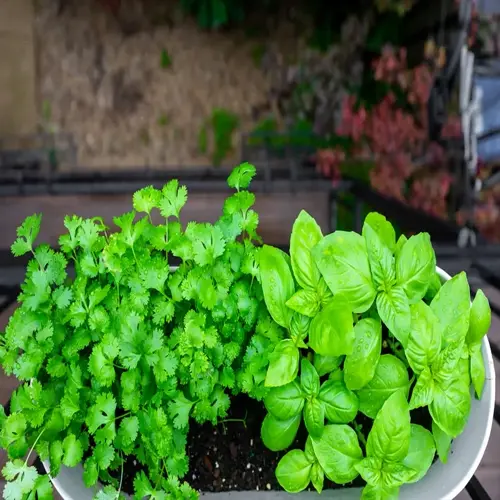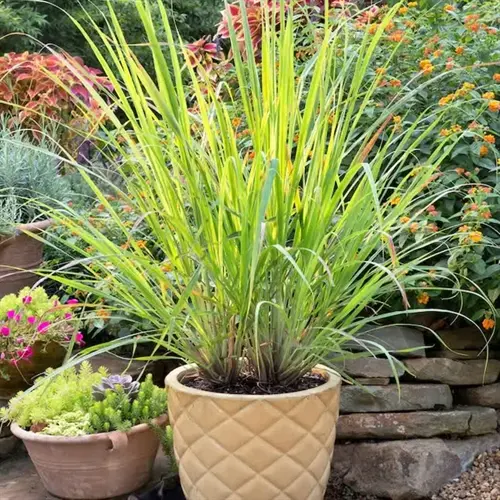Can mint grow successfully indoors year-round?

Written by
Julia Anderson
Reviewed by
Prof. Martin Thorne, Ph.D.Having an Indoor Mint Source allows you to grow fresh mint year-round. I grow productive windowsill mint through Chicago winters using a few techniques. My success is from replicating the right outdoor conditions to manage light and humidity as needed. Choosing a variety is also very impactful indoors.
Light Optimization
- Position within 12 inches of south-facing windows
- Use full-spectrum LED grow lights 12-14 hours daily
- Rotate plants weekly for even exposure
Humidity Control
- Place pots on pebble trays filled with water
- Group plants together to create microclimates
- Mist leaves lightly during winter heating months
Airflow Management
- Use small oscillating fans 3-4 hours daily
- Avoid placement near heating/cooling vents
- Space plants 6-8 inches apart
To water indoor mint, you can use the finger test method. Check the moisture in the soil daily by placing your finger in the soil up to the first knuckle. Water thoroughly whenever it is dry at that depth. Use room-temperature water to minimize root shock. Always empty drip trays after 30 minutes.
Prune wisely for compact growth. Pinch trunk tips every week to create branching. Remove leaves in the bottom third of the plant to allow for airflow. Trimming flower buds immediately allows for energy to be directed into the foliage, which is also a practice that helps prevent legginess, a common issue found in indoor plants.
Anticipate and adapt to seasonal changes. During winter months, increase usage of grow lights in conjunction with sunlight since sunlight is diminished. Water less frequently when growth slows. Do not fertilize rafts in December-February while raft plants are in their natural dormancy cycle.
Manage common problems indoors. Leggy plants indicate light challenges that require moving a lamp to a more suitable location. Yellowing leaves also indicate a watering issue that necessitates inspecting the soil for proper moisture levels. Spider mites can be addressed in dry air with humidity trays. All of these issues need to be addressed promptly to produce consistent yields.
Read the full article: How to Grow Mint: A Complete Beginner Guide

